Scroll Down to Read Today’s Essay
Subscribe to Baseball History Comes Alive for automatic updates. As a Free Bonus, you’ll get instant access to my Special Report: Gary’s Handy Dandy World Series Reference Guide!
Double Plays Photo Gallery
Click on any image below to see photos in full size and to start Photo Gallery:
Today, Vince Jankoski continues his “deep dive” into double plays. In Part Three of this series, he uncovers players who he calls “Double Play Superstars.” I found it interesting and I think you will too. Then stay tuned for the finale of the series when Vince compares these “Superstars” to other great shortstops of the past. And check out the photo gallery to see some real baseball “acrobats” around second base!
Vince Jankoski’s Deep Dive Into Double Plays, Part Three
As I indicated in the previous essay, research may identify certain players who are exceptional at turning the double play. Starting with team “double play machines” and assuming that the key players in the ground ball double plays are the second baseman and the shortstop, let’s examine the middle infielders on the “double play machines”. Chronologically first are the 1949-1951 Philadelphia A’s, the Yanks’ predecessor as American League double-play leaders.
Year Second Baseman Shortstop
1949 Suder Joost
1950 Hitchcock Joost
1951 Suder Joost
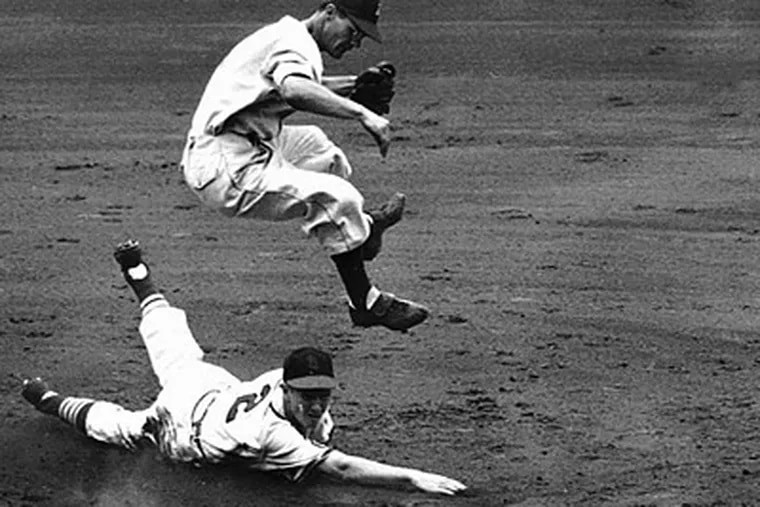
Joost is the constant. As far as I can tell, Joost never led his league in any fielding category. However, he played for 17 years with a .239 batting average. So, you’ve got to figure he brought his glove to the ballpark. While acknowledging Joost, he simply does not stand out when compared to others evaluated. He was a regular for only six seasons. His lifetime double-play numbers are inflated by years in which he only played part-time. So, he does not make my list of “DP Superstars”. You may disagree.
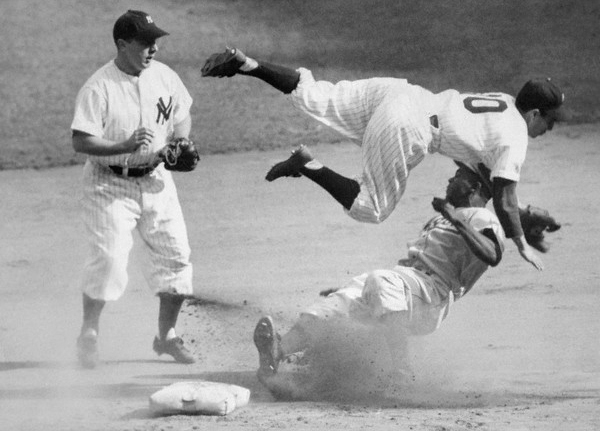
Next chronologically are the Dodgers of 1949 to 1953. Their middle infield personnel for the years under study was:
Year Second Baseman Shortstop
1949 Robinson Reese
1950 Robinson Reese
1951 Robinson Reese
1952 Robinson Reese
1953 Gilliam Reese
Reese and Robinson are the constants here. They count as “DP Superstars.” Moving to the Yankees of 1952 to 1958, their middle infielders were:
Year Second Baseman Shortstop
1952 Martin Rizzuto
1953 Martin Rizzuto
1954 McDougald Rizzuto
1955 McDougald Rizzuto/Hunter
1956 Martin McDougald
1957 Richardson/ McDougald
Coleman/
Martin
1958 McDougald Kubek
Phil Rizzuto and Gil McDougald are the most constant factors here. They, too, make the cut as “DP Superstars”.
But there is one more double-play machine: the Pirates from 1958 to 1968. The constant there is Bill Mazeroski. With Maz at the keystone (arguably the most important spot in the double play execution), the Pirates were second in the National League in double plays in 1958 (the year after he became their regular second baseman). They led an unprecedented nine straight seasons, then one year in which they missed leading the league. The following year, Maz went to part-time.
(In the featured photo above, we see Maz turning a double play in 1965).
Even with Mazeroski as a part-time player, the Pirates were at or near the top of the double-play numbers for the next several seasons before falling into the middle of the pack after his retirement. All this occurred whether the Pirates were winning the pennant (1960) or finishing last (1963) or anywhere in between, first or second division. Plus, Maz played with lots of different shortstops not all of which were the greatest of double play partners: Dick Groat from 1957 to 1962; Dick Schofield from 1963 to 1964; Gene Alley from 1965 to 1968. Alley was the only Gold Glove winner in the group. Mazeroski surely makes the cut as a “DP Superstar.” Indeed, we may crown him the “King of the DP Superstars,” and possibly the greatest fielding second baseman of all time. But I digress.
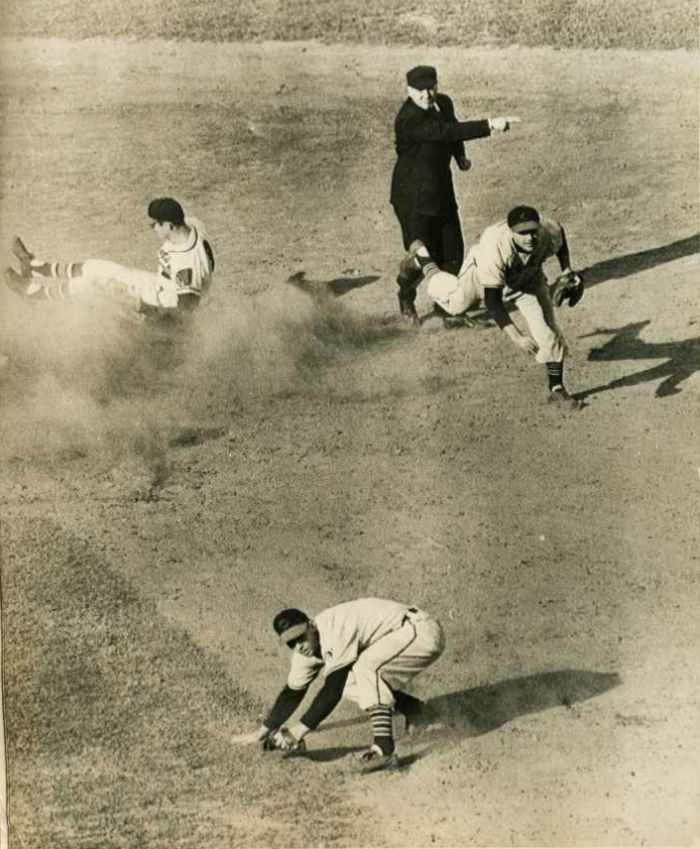
We are left with five “DP Superstars”: Robinson, Reese, Rizzuto, McDougald, and Mazeroski. In our last installment, we will look at the numbers of Jackie Robinson, Pee Wee Reese, Phil Rizzuto, Gil McDougald, and Bill Mazeroski in order to see how good they really were in comparison to one another and to other great infielders of all time. Two of our superstars were shortstops (Reese and Rizzuto), two were second basemen (Robinson and Mazeroski) and one (McDougald) played both positions. The results will be revealing.
Vince Jankoski
Subscribe to our website, Baseball History Comes Alive with over 1400 fully categorized baseball essays and photo galleries, now surpassing the one million hits mark with 1, 090,000 hits and over 950 subscribers: https://wp.me/P7a04E-2he
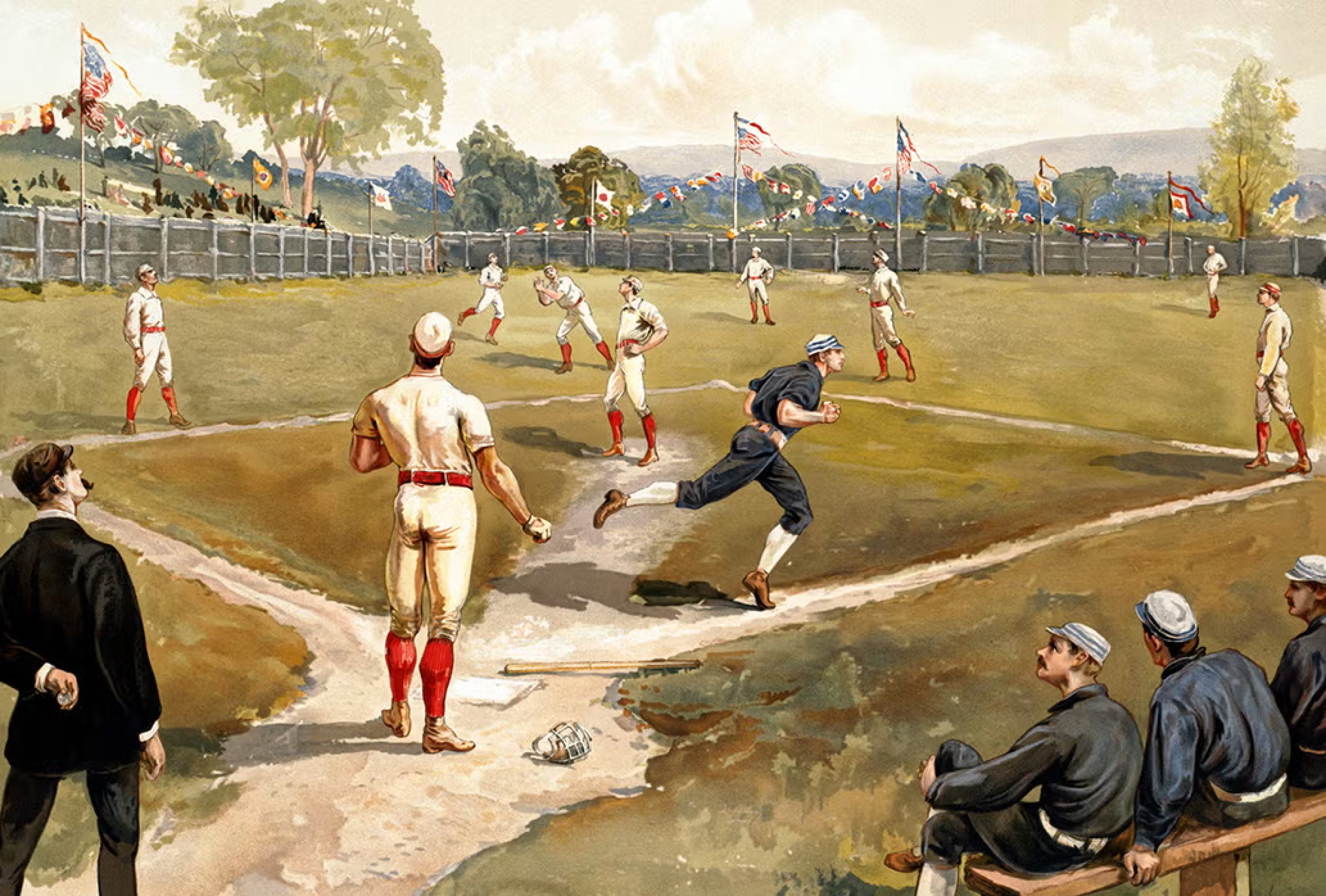
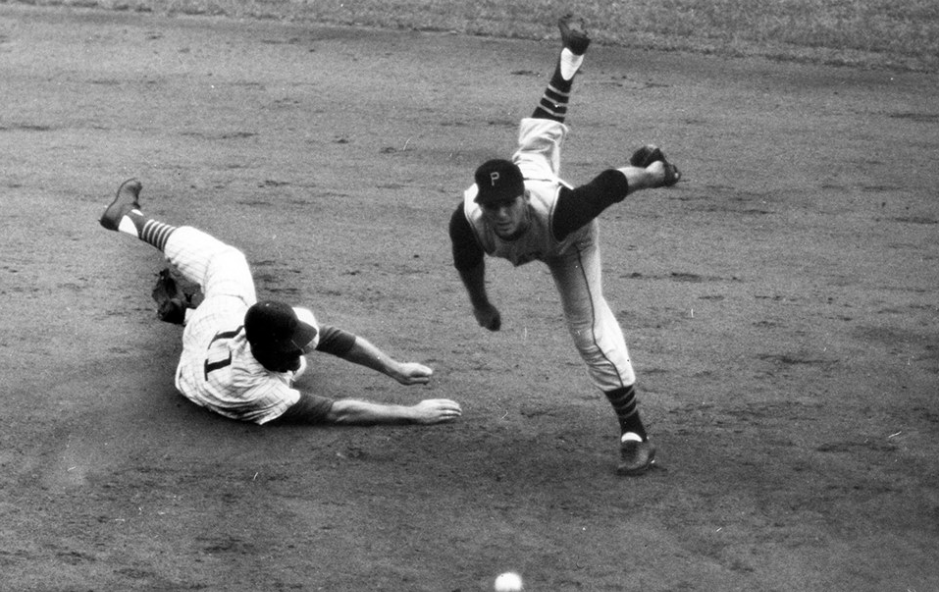
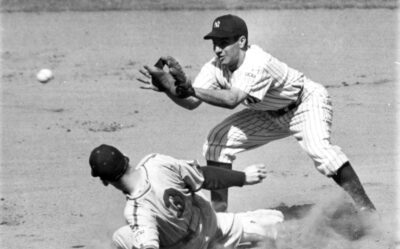
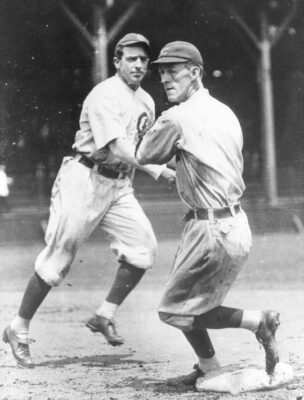
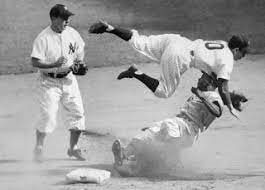
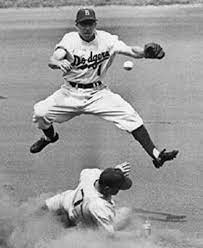
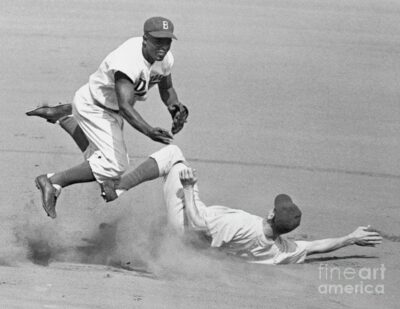
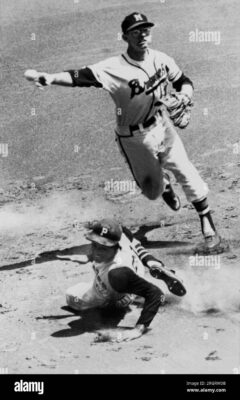
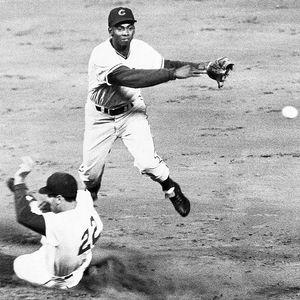
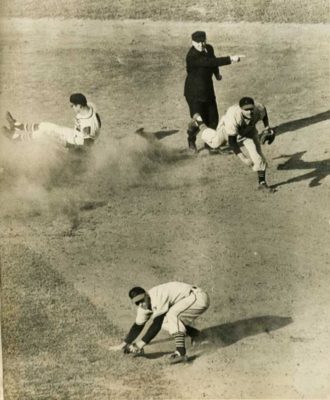
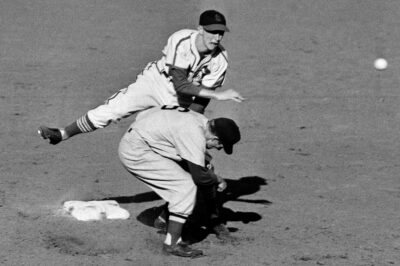
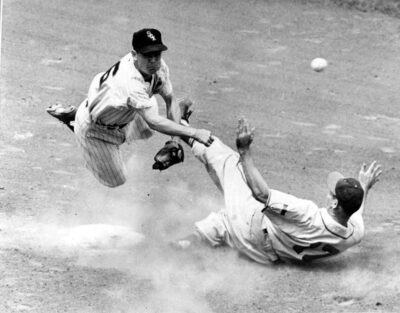
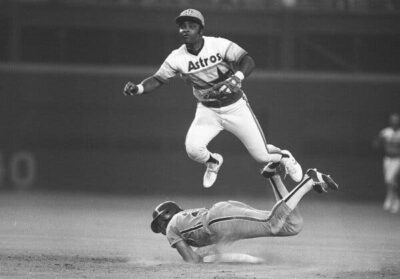

This is great, Gary. Thnx for posting another edition of Mr. Jankoski’s DP series. Yes, as they say, the double play is indeed, the “pitcher’s best friend”. And for umpires, too. Any umpire will tell you that a game filled with lotsa base-on balls equals a SLOW moving, LONG game. And a game with lotsa double plays equals a FAST paced, QUICK game {and for those played in 90+ degree heat, that is a real God-send}.
Another “hit outta the park” by a BHCA contributor ! “PLAY BALL” !
Great points as always, Tom…thanks!
Maz was the best. My first baseball memory when was my dad and uncle came home from work and Maz hit the Homer to beat the hated Yanks! We are Polish and Maz fans. I got my first sip of champagne that day!
Thanks Joe…He was a good one!